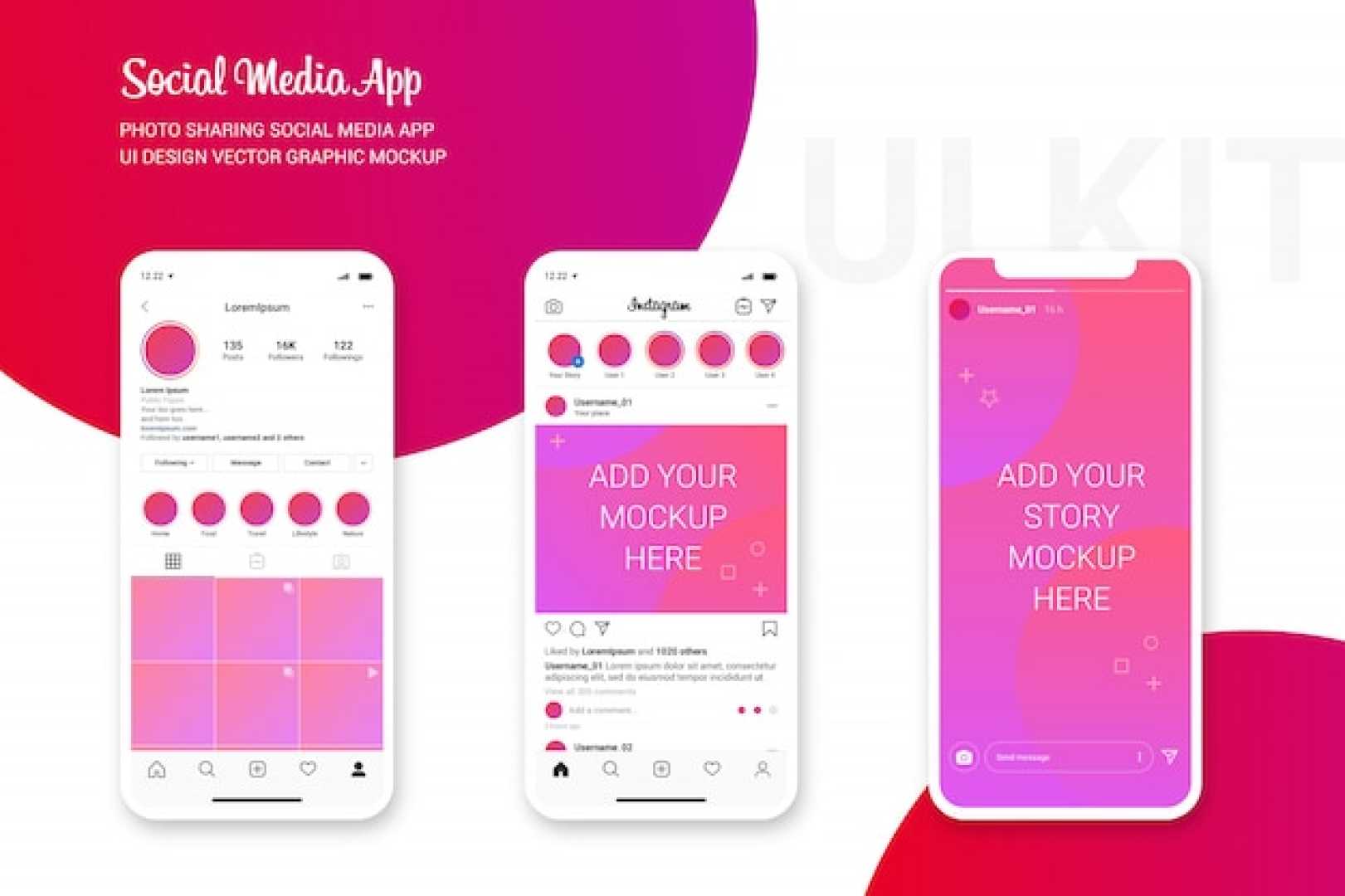Business
Instagram’s Transformation: From Photo App to Business Powerhouse

MENLO PARK, Calif. — Since its launch in October 2010, Instagram has evolved from a simple photo-sharing platform to a social media giant with 2 billion monthly active users globally. Originally created as Burbn, a location-based check-in app by Kevin Systrom and Mike Krieger, it pivoted to focus on photo sharing, rapidly gaining popularity and recognition.
Instagram’s launch day saw approximately 25,000 users sign up, and the app quickly surpassed one million users within three months. The platform’s engaging features, including a variety of image-enhancing filters, attracted even more users, making it appealing for sharing personal moments.
In April 2012, Instagram was acquired by Facebook, now Meta Platforms, Inc., for $1 billion, positioning it within a broader social media ecosystem. This acquisition fueled its development, paving the way for the advanced features and tools available today.
As Instagram furthers its mission to merge visual storytelling with user-friendly features, the platform has expanded from static images to include immersive formats such as Stories and Reels. This diversification keeps Instagram competitive, especially with platforms focused on short-form video content.
Reels, Instagram’s answer to TikTok, has emerged as a major engagement driver. According to a 2023 report from Meta, Reels viewership has significantly increased, highlighting the app’s adaptability in evolving user preferences.
The platform also utilizes artificial intelligence to enhance user experience, offering tools like “Movie Gen” for creative video transformations and advanced predictive analytics for business users. These AI features help companies tailor content and products to their audience, creating immersive experiences through augmented reality (AR). For example, businesses can use Instagram Shopping to provide AR demonstrations of their products.
Instagram’s analytics tools give businesses valuable insights into their audience demographics and content performance. Advertisers can now employ more targeted ad formats to capture specific audiences effectively.
However, the platform presents challenges for brands as it continues to evolve. The algorithm dictating content visibility varies across feed posts, Stories, the Explore page, and Reels, making it critical for businesses to adapt continuously. Instagram has emphasized photo content in the main feed, as highlighted by Adam Mosseri, head of Instagram, who stated, “This is definitely a work in progress—balancing the ability to reach followers and overall engagement is tricky.”
As Stories allow creators to engage viewers even further, their visibility depends on factors such as interaction levels and content completion rates. On the Explore page, content that garners high engagement is prioritized, whereas Reels are driven by watch time, completion rates, and audio track popularity.
Overall, Instagram has transformed significantly, serving not only as a communication tool but also as a robust platform for commerce. This evolution reflects broader trends in how businesses interact with consumers, utilizing sophisticated analytics, AI tools, and enhanced shopping capabilities.
Challenges may arise from algorithm changes and content saturation, but Instagram’s ongoing adaptation suggests that it will remain a cornerstone of social media. As long as brands focus on authentic content creation and community engagement, Instagram will continue to be an effective platform for connecting with audiences.












